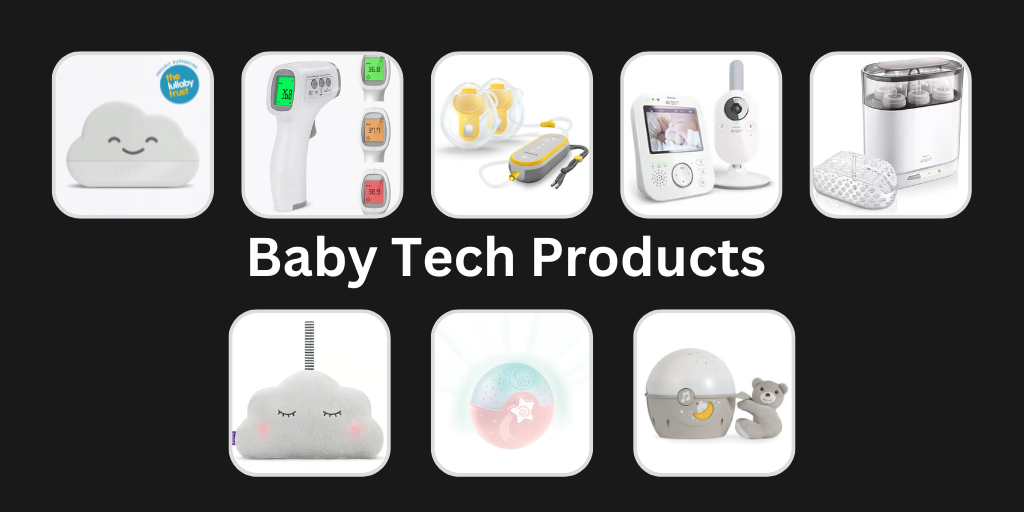
When it comes to clinical decision making, patient history is vital. One study suggested that the availability of patient history led to a final diagnosis in 76% of patients. In contrast, only 11% of final diagnoses were formed using a physical examination. The need for quick access to data across the healthcare ecosystem, from test results and past visits to previous diagnoses, is more important than ever before. After all, we have an ageing population with increasingly complex conditions; an NHS which is, at the best of times, stretched in terms of resources and budgets; all enveloped by a global pandemic.
The electronic patient record (EPR) is considered the cornerstone of patient management. But even the best EPR can leave large gaps in a patient’s history. We often hear from NHS clinicians who are frustrated that they are unable to access patient data through their primary EPR as it’s locked in departmental systems. Medical images from a range of departments, such as radiology and cardiology through to ophthalmology and dermatology; are often cited as examples. In addition, clinicians often have to log on to legacy and/or ancillary record systems (both digital and paper-based) to better understand and contextualise how a patient is presenting. Or, they are left to paint a picture of the patient’s history based on the information they have available to them. This may include anecdotal evidence from the patients themselves or their families, which is not always reliable. I think the majority of us would argue strongly the most valuable contribution from clinical staff is in the consulting, diagnosing and treating patients; and not time wasted searching for patient information.
A complete picture of the patient
GP surgeries throughout the UK are responsible for diagnosing and treating millions of patients each year. There are enormous daily demands on clinical staff that can, understandably, lead to omissions and errors, particularly when GPs don’t have access to the right clinical data whilst examining a patient. NHS England’s annual budget was £129 billion for the year 2018-19, with £2.36 billion paid in negligence claims that year — up from £2.23 billion the year before.
A multi-institutional project, funded by the Agency for Healthcare Research and Quality (AHRQ), discusses the reality that pressured clinicians face, explaining that “Critical information can be missed because of failures in history-taking, lack of access to medical records, failures in the transmission of diagnostic test results, or faulty records organisation (either paper or electronic) creating problems for quickly reviewing or finding needed information.”
The study recommends implementing the right digital solutions to face these challenges head-on. It highlights the need for the streamlining and presentation of documentation, and the need for better access and display of historical data. In the absence of a clear patient history, clinicians have to make ‘judgement calls’ without all of the necessary information to hand – which, inevitably is more risky. Alternatively, a new order is placed for the patient to be re-tested, which could delay diagnosis and treatment. Neither scenario is ideal.
The need for fast access to a complete patient record leads us to the need for an independent clinical archive (ICA). An ICA can collect patient data from a wide range of applications across their history. This includes information from multiple departments within the hospital and even healthcare organisations outside the hospital, e.g. regional sharing programmes, integrated care systems, sustainability and transformation partnerships, etc. The patient data kept inside the ICA can be reached through integration with the EPR to provide a longitudinal patient record. This complete record can help increase the speed and accuracy of clinical decisions. The ICA can also integrate with a hospital’s clinical portal, integration engine or other systems – as well as being directly accessible through a web interface.
Overcoming the hurdles of a new EPR
When a hospital implements a new EPR, the vendor and the Trust settle on how much data will be moved over from its incumbent systems to the new one. In the end, around 70% of the hospital’s overall data won’t actually be migrated.
This can still be unique to every different trust and each individual vendor. The first vendor the hospital speaks to may agree to transfer over information about allergies, vaccinations, future appointments and patient identifiers—but then make that the limit. The next vendor might sync just a year or two of historic patient data. There is a good reason for this: concern over the quality of the data. Patient information in older systems could potentially fall short of the high standards expected in today’s EPR applications. And new EPR projects are intricate, lengthy, and expensive enough without putting more barriers in place that could delay implementation.
What we are still seeing is that historical patient data is not being included as a part of the patient record. It generally lingers in silos (still encumbered with costly ongoing maintenance and support contracts) that cannot easily integrate (if at all) with primary systems and is, therefore, difficult if not impossible for clinicians to access, despite the clinical value it holds.
It’s easier for staff to get a clear view of a patient’s medical history when it is accessible from a single source and not spread across multiple places, in multiple forms from the historic to the recent. In some cases, especially in those with complex comorbidities, clinicians have to rely on their own observations, current test results and the information they can glean from the EPR to form their diagnosis. Keep in mind the study mentioned above, where only 11% of final diagnoses were reached through a physical examination; 76% were gained from access to a full medical record. Going through numerous legacy systems to fill gaps of information not only takes time, but also directs resources away from treating patients. This could then delay or even deny care to other patients.
Whilst EPR systems are able to aggregate a certain amount of patient data, they fall well short of a fully comprehensive patient record. A good portion of EPRs still cannot access lab results, radiology reports, or patient consent information. But how can healthcare facilities create an environment where clinicians get a full picture of a patient’s information?
Integrating EPRs with an independent clinical archive
Ideally, a patient’s history would be available alongside current information in the EPR to present a full patient record, showing all the information the clinician needs to see, as part of the usual workflow, at the point of care. This would bring down the number of places clinicians need to look for data, redistributing time to be focused on the patient.
The good news is that this scenario is no longer a pipedream. Hospitals, keen to progress, are migrating the actionable information from their legacy EPRs to their new EPRs, while reference data is being placed in an independent clinical archive (ICA). The ICA becomes a clinical storeroom, collecting and keeping historic patient data, therefore allowing the source legacy systems to be decommissioned. As this data is ingested, important meta-data is captured within the ICA making it easy to search for and filter the patient information clinicians require, – whether through the EPR or directly from the ICA itself.
So, what needs to happen now? With the pandemic stretching NHS resources and funding to the maximum, we need to be equipping hospitals with the resources to support fast and accurate diagnosis. A new, shiny, EPR isn’t the panacea to all the healthcare data ills, but if you can implement an independent clinical archive that will work in collaboration with it, then you have a good chance of giving clinicians the tools they need to deliver the best level of care, boosting better outcomes, as well as positively affecting the overall patient experience.









